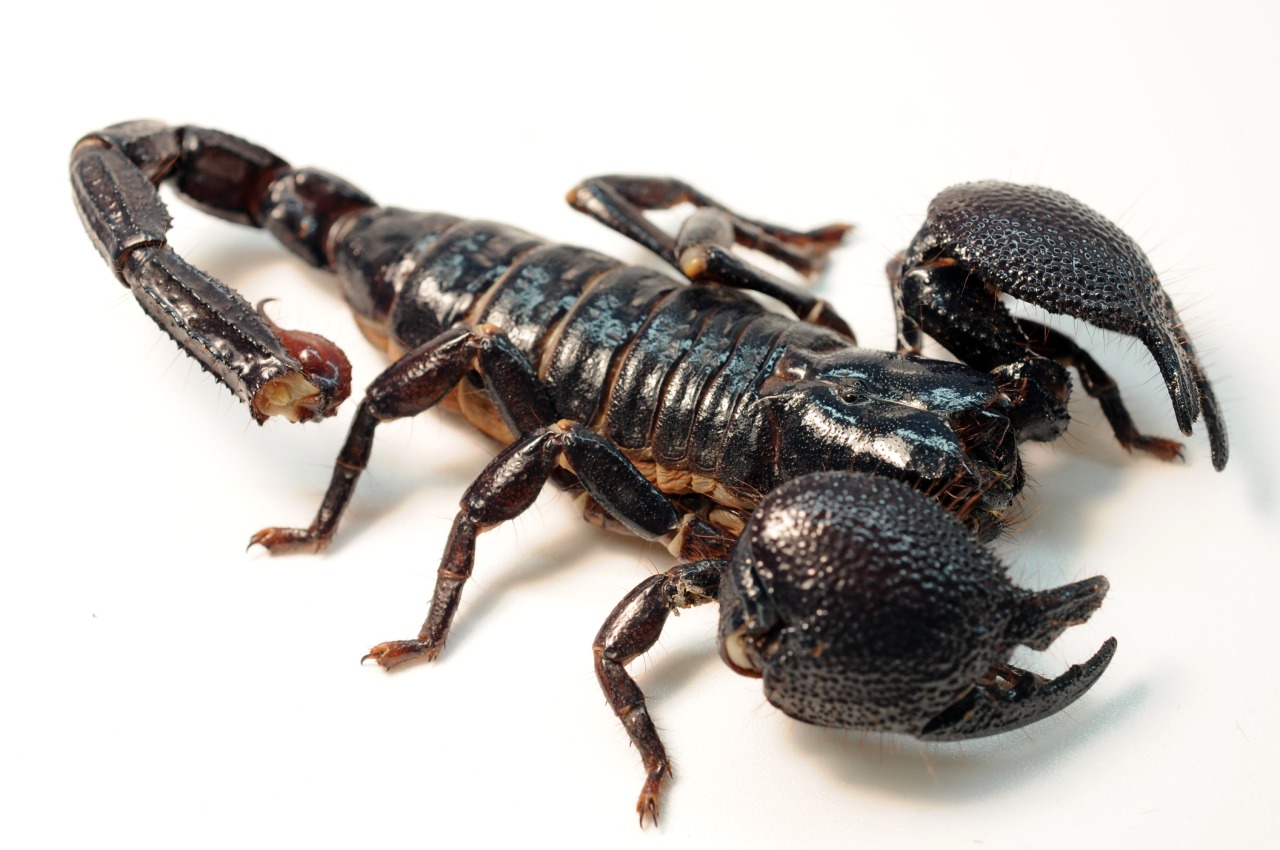Moakmeister
Arachnodemon
- Joined
- Oct 6, 2016
- Messages
- 741
Sorry if this seems like a hair-brained scheme, but I am a tarantula novice.
As we all know, male tarantulas have very short lifespans, normally dying upon reaching maturity. The tarantula's big-fisted pedipalps get stuck in its molt and it dies. I'd imagine it would be sad watching your mature male go into pre-molt and knowing he will pass away soon. But... what if that didn't happen?
Think about the Giant Octopus. A mother octopus will stop eating after she has laid her eggs, and she will watch over them until they hatch. She then starves to death and dies. But, in captivity, when female octopuses are given food again, they can live much longer.
Tarantulas can regenerate lost limbs. So I was thinking... what if you removed the mature male's pedipalps? He would survive his next molt, right? When he regrows the pedipalps, would they still have the emboli?
Also, how does the male get his slightly bigger palps stuck, anyway? Emps have to fit their big lumbering claws through their skinny arms every time they molt.

As we all know, male tarantulas have very short lifespans, normally dying upon reaching maturity. The tarantula's big-fisted pedipalps get stuck in its molt and it dies. I'd imagine it would be sad watching your mature male go into pre-molt and knowing he will pass away soon. But... what if that didn't happen?
Think about the Giant Octopus. A mother octopus will stop eating after she has laid her eggs, and she will watch over them until they hatch. She then starves to death and dies. But, in captivity, when female octopuses are given food again, they can live much longer.
Tarantulas can regenerate lost limbs. So I was thinking... what if you removed the mature male's pedipalps? He would survive his next molt, right? When he regrows the pedipalps, would they still have the emboli?
Also, how does the male get his slightly bigger palps stuck, anyway? Emps have to fit their big lumbering claws through their skinny arms every time they molt.


